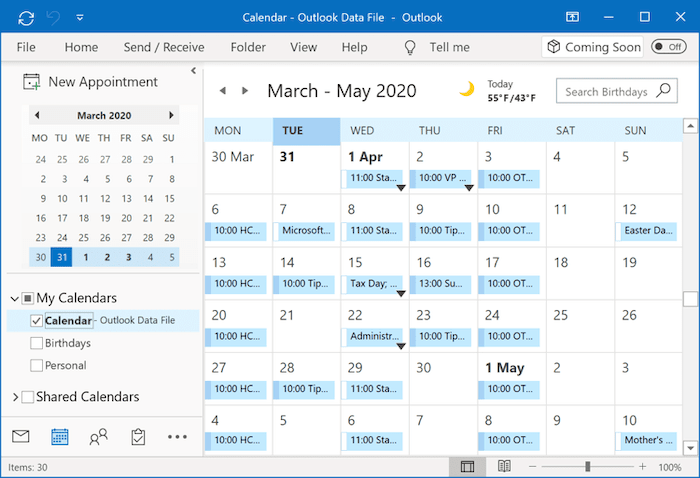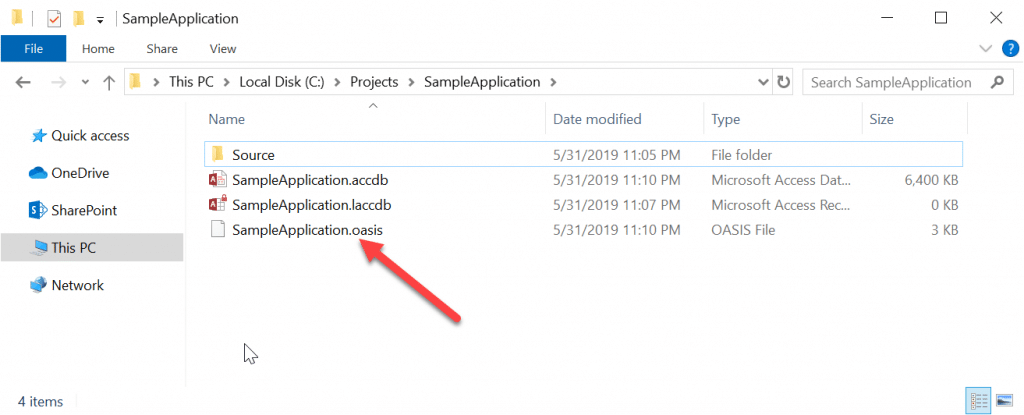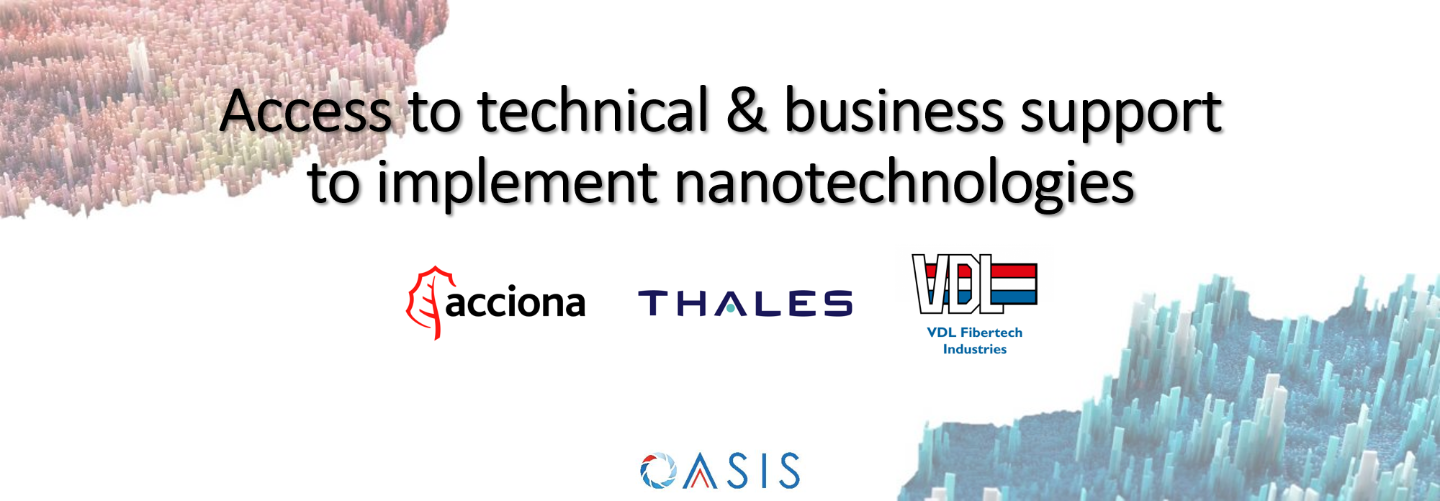How to save/export Outlook calendar as Word document?
- Export An Oasis Schedule To The Microsoft Outlook Computers
- Export An Oasis Schedule To The Microsoft Outlook Computer Software
- Export An Oasis Schedule To The Microsoft Outlook Computer Program
- Export An Oasis Schedule To The Microsoft Outlook Computer App
Generally speaking, it’s common to export an Outlook calendar to a .csv file or .pst file with the Import / Export feature in Outlook. But in some cases, you may want to export the Outlook calendar as a Word document. Here, this article will introduce a workaround to easily save an Outlook calendar as a Word document.
Batch save multiple emails to hard disk as text/PDF/HTML/CSV/Word/Excel files in Outlook
Normally we can export/save an email message as a text file with the Save As feature in Outlook. But, for batch saving/exporting multiple emails to individual text files, you have to manually handle each message one by one. Time-consuming! Tedious! Now, Kutools for Outlook's Bulk Save feature can help you quickly save multiple email messages to individual text files, PDF files, HTML files, etc. with only one click! Click for 60-day free trial without limitation!
- Auto CC/BCC by rules when sending email; Auto Forward Multiple Emails by rules; Auto Reply without exchange server, and more automatic features..
- BCC Warning - show message when you try to reply all if your mail address is in the BCC list; Remind When Missing Attachments, and more remind features..
- Reply (All) With All Attachments in the mail conversation; Reply Many Emails at once; Auto Add Greeting when reply; Auto Add Date&Time into subject..
- Attachment Tools: Auto Detach, Compress All, Rename All, Auto Save All.. Quick Report, Count Selected Mails, Remove Duplicate Mails and Contacts..
- More than 100 advanced features will solve most of your problems in Outlook 2010-2019 and 365. Full features 60-day free trial.
Save/export Outlook calendar as Word document

Export contacts from Outlook to a CSV file or Excel. Export email, contacts, and calendar to a PST file. Import to Outlook app. Import email and contacts to Outlook 2016 for Mac. Import a Windows PST file into Outlook 2016 for Mac. Export from Outlook app. Export items to an archive file in Outlook for Mac. Open Outlook on your PC and select File at the top left of Outlook. Select Open & Export, then Import / Export. Choose Import from another program or file and then select Next. Choose Comma Separated Values and then Next. In File Explorer, Browse then navigate to the place where you saved your contacts folder in step 5 and choose Next.

This method will guide you to save or export an Outlook calendar as a Word document by the E-mail Calendar feature in Outlook. Please do as follows:
1. Shift to the Calendar view in Outlook, right click the specified calendar on the Navigation Pane, and select Share > E-mail Calendar from the right-clicking menu. See screenshot:
2. Now a new email is created with Send a Calendar via Email dialog box opening. Please (1) select Specify dates from the Date Range drop down list, and then (2) type the date range in both Start and End boxes below the Date Range drop down list. See screenshot:
3. Specify the calendar detail level you will export the calendar with from the Detail drop down list. See screenshot;
4. Still in the Send a Calendar via Email dialog box, please click the Show button to expand the exporting options, and specify the exporting layout from the Email Layout drop down list. See screenshot:
5. Specify other options as you need, and click the OK button to export the Outlook calendar into current email.
6. Now the Outlook calendar is exported as body of current email. Place cursor at the message body, press Ctrl + A to select all content, and then press Ctrl + C keys to copy it.
7. Create a new Word document, press Ctrl + V keys to paste the exported Outlook calendar, and save the Word document.
So far, you have exported the specified Outlook calendar within specified date range as a Word document already.
Related Articles
Kutools for Outlook - Brings 100 Advanced Features to Outlook, and Make Work Much Easier!

- Auto CC/BCC by rules when sending email; Auto Forward Multiple Emails by custom; Auto Reply without exchange server, and more automatic features..
- BCC Warning - show message when you try to reply all if your mail address is in the BCC list; Remind When Missing Attachments, and more remind features..
- Reply (All) With All Attachments in the mail conversation; Reply Many Emails in seconds; Auto Add Greeting when reply; Add Date into subject..
- Attachment Tools: Manage All Attachments in All Mails, Auto Detach, Compress All, Rename All, Save All.. Quick Report, Count Selected Mails..
- Powerful Junk Emails by custom; Remove Duplicate Mails and Contacts.. Enable you to do smarter, faster and better in Outlook.
or post as a guest, but your post won't be published automatically.
Salesforce is a multifunctional and highly customizable CRM platform, which is used by millions of users to manage complex business processes and boost the productivity of sales, customer service, marketing teams, etc.
Microsoft Excel is a spreadsheet program, which is so familiar and comfortable for many users worldwide, and there are situations when it is much better and easier to work with data in the Excel worksheets rather than in the native UI of a cloud app.
However, it's not a trivial challenge to export huge data pieces from Salesforce to the Excel worksheets as you need built-in features or external tools, which allow exporting data to the Excel format.
We briefly describe 5 ways how to connect Salesforce to Excel, easily export data from Salesforce to Excel worksheets, pros and cons of these ways and typical use cases applied.
Table Of Contents
1. Salesforce Data Loaders
To export data using data loaders is the first and most standard way. Using these tools, you can export data from Salesforce to Excel as CSV files, make changes to these files in Excel and import changed CSV files back to Salesforce. You can find many of such data loaders on the Internet, and many of them have free versions. You can also try native Salesforce built-in data loader (first-party tool), which you can use after installing it on your PC. However, third-party data loaders such as, for example Skyvia Salesforce data loader, can be more robust than Salesforce’s native offerings. For example, you don’t need to download Skyvia on your computer or laptop as it is a cloud-based solution. You need only a web browser to access it and set minimal configuration to safely export and import data as CSV files.
Let us provide such an example: we need to export Account and Contact objects as CSV files from Salesforce to Excel. For this, we create an export package in Skyvia: we select a Salesforce connection, choose CSV as a target type and add required objects from Salesforce.
Then, we click Create to create a package and Run to run a package. The data are obtained.
Pros of data loaders:
- Support of a mass update of data in a single go;
- Support of Insert, Upsert, Update and Delete operations;
- Cross-object data extract to one file;
- Detailed information on the successfully changed/failed rows during export/import;
- Simple interface, no preliminary training is required.
Cons of data loaders:
- Data can be exported/imported via CSV files only;
- Limits of free usage;
- Set up of the initial process for an upload.
This way of getting Salesforce data is a universal one and can be equally profitable for individuals and companies. With simple interface of data loaders, you need minimum configuration and less efforts. Salesforce data loaders support different types of operations and mass update of data. Moreover, after each package run, you get a report on successfully exported/updated rows and on those which failed.
2. Excel Original Interface
To get data from Salesforce to Excel through Excel original interface is a perfect solution for users of Microsoft Office Professional Edition. Unlike data loaders, in this case the data are displayed directly in the Excel UI, you do not need to use intermediate CSV files.
Ahnlab windows. To export data, open a blank Excel workbook, click on the Data tab, then Get Data → From Online Services → From Salesforce Objects.
In the opened window, select between connecting to Production or Custom environment and sign in to Salesforce.
Having signed in to Salesforce, select the objects you want to export to Excel in the Navigator window. If you want to export more than 1 object, click on the Select multiple items check box. On the right, you can preview a table. Click Load to export data to Excel worksheet. As we had selected two objects – Account and Attachment, the corresponding data were downloaded and looked like on the picture below.
Pros of original interface:
- All-in-one solution;
- No need to search for third-party tools;
- Direct data export without using intermediate CSV files.
Cons of original interface:
- High price for a single-user license;
- No possibility to load modified data back to the source.
Export An Oasis Schedule To The Microsoft Outlook Computers
This way of getting data from Salesforce to Excel is the right one for users and companies that use Microsoft Professional Edition. However, if the company is big and has many employees, licensing each PC will cost a lot. For such companies, third-party data loaders or other tools, mentioned below, may be a much better and more profitable solution.
3. Excel Add-Ins
The third way to pull Salesforce data into Excel is to use Excel Add-Ins for Salesforce. Add-ins help you to connect Microsoft Excel to Salesforce, load data from Salesforce to Excel, instantly refresh data in an Excel workbook from Salesforce, edit these data, and update Salesforce from Excel. It enables you to work with Salesforce contacts, accounts, opportunities, leads, users, attachments, tasks, and other objects like with usual Excel worksheets, as well as to perform data cleansing and de-duplication, and apply all the Excel's powerful data processing and analysis capabilities to these data.
Pros of Excel add-ins:
- Direct data export/import without using intermediate CSV files;
- No additional settings needed: add-ins integrate into the familiar Excel interface, hence, no need in opening additional windows or configuring extra settings;
- Easy data modification;
- Easy data refreshing;
- Obligatory data validation (add-in validates entered data to make sure it matches to the source column data type);
- Possibility of composing queries manually for both relational databases and cloud applications.
Cons of Excel add-ins:
- Paid tool;
- Add-in is specific to Excel – it cannot be used with any other application;
- Add-in download required.
Summarizing the above, Excel add-in can be a good solution for users who would like to increase the power and functionality of Excel. You can enter SQL SELECT statements of any complexity, you can validate data, modify them or refresh with a single click. Devart Excel Add-in is considered as one of such solutions. You can find a free trial available here. Alternatively, you can try Skyvia Query Excel Add-in, the intuitive visual query builder of which makes this add-in simple in use.
4. ODBC Drivers

Another way of performing Salesforce export to Excel is by using ODBС drivers. With ODBC drivers, the same as with add-ins, you export data directly into an Excel spreadsheet. However, note that unlike add-ins, ODBC drivers do not allow loading data modified in Excel back to the source.
Before installing ODBC driver, make sure that you use matching Excel and ODBC Driver, e.g. if you use the 64-bit version of Excel, you need to install a 64-bit ODBC Drive. Being installed for a specific data source, for example Salesforce, ODBC drivers can work not only with Excel, but also with many other tools – that is a great plus of them.
Pros of ODBC drivers:
- Support for ODBC connectivity across multiple third-party products;
- Salesforce data types and functions are mapped to ODBC data types and functions, which are understood by all ODBC-compatible tools.
Cons of ODBC drivers:
- No possibility to load modified data back to the source;
- Absence of the Salesforce original ODBC driver, i.e. only third-party ODBC drivers available;
- Installation required.
Summing up the information above, we would like to emphasize that the full support for standard ODBC API functions and data types implemented in the drivers makes interaction of Excel and database applications with Salesforce CRM fast, easy and extremely handy. There is a wide variety of ODBC drivers you can find on the Internet, and one of them is the Devart ODBC driver for Salesforce. You can read more about it here.
Another example is a Skyvia's universal ODBC driver which supports a wide variety of data sources via Skyvia Connect SQL endpoints , including Salesforce. Unlike most ODBC driver on the market, this driver offers pay-for-traffic pricing model, which can be useful if don't need to load large data volumes. Moreover, Skyvia Connect offers additional security level, allowing you to provide access without sharing Salesforce login and password, and detailed logging of all data access operations.
5. OData Endpoints
OData (Open Data Protocol) is an OASIS standard that defines the best practice for building and consuming queryable and interoperable RESTful APIs in a simple and standard way.
Excel allows you to connect to OData endpoints. Unlike with ODBC, with OData you configure everything in advance - you create an endpoint to receive Salesforce data via OData or use the already created one by simply pasting its URL to Excel. However, creating an OData endpoint yourself is not an easy task, you need to care about OData server hosting, deployment, and administration.
To reduce time, costs and efforts – you can use third-party solutions to simplify use of OData. One of such solutions is Skyvia Connect. Being a cloud solution, Skyvia Connect does not require downloading, hosting, maintenance. You do not need to develop any API - you generate endpoint, configure settings and determine which data can be accessed and which not, and who can access these data.
As a prerequisite, we will use an already configured Salesforce endpoint with enabled HTTP basic authentication and Microsoft Excel 2019.
Creating Connection
Export An Oasis Schedule To The Microsoft Outlook Computer Software
First, you need to set up a connection with Skyvia Connect endpoint. For this, perform the following steps:
Export An Oasis Schedule To The Microsoft Outlook Computer Program
Click on the Data tab, then Get Data → From Other Sources.
Click From OData Feed.
In the pop-up window, select Basic, paste the required endpoint URL and click OK.
Specify again a link to the Salesforce endpoint in Skyvia Connect and fill out the User Name and Password fields.
Please pay attention that Microsoft Excel requires OData connection to be authenticated either through Windows authentication or HTTP basic authentication. You need to use HTTP basic authentication.
Click Connect.
Exporting Data
Microsoft Excel will attempt to connect to the specified URL and, in case of successful connection, will display the list of specified Salesforce objects added to the endpoint.
Select Contacts and ContactFeeds tables and click Load.
Optionally, you can click the Transform Data button. It allows you to make changes to the data being loaded to Excel, i.e. to filter something, add some column, etc. However, this applies only to the data being loaded to Excel. The data in Salesforce will not be changed anyhow.
The worksheet is filled out with the data from the specified table.
OData as all other methods of data export mentioned above has its pros and cons.
Pros of OData:
Export An Oasis Schedule To The Microsoft Outlook Computer App
- Endpoint authentication: an opportunity to provide access to endpoint data only to authenticated users, possibility to limit IP addresses, from which the endpoint data can be accessed;
- No need to share Salesforce credentials;
- Open standard approach.
Cons of OData:
- Need to build API manually or use paid services;
- No possibility to update Salesforce data from Excel.
This method of data export can be a perfect solution for those users who already have OData endpoints for their data, or who need to publish their data through OData not only for Excel, but also for other applications. Moreover, with such service solution as Skyvia Connect you do not need to build API manually, care about security, hosting and domain, obtain respective certificates, deploy, administer or maintain, Skyvia Connect will do it for you. It provides easy endpoint generation, limited access to endpoint data, hence higher security and control of data. However, please note that this method does not allow loading data modified in Excel back to the source.
That was a brief description of 5 ways, which you can use, depending on your business needs.
What way of Salesforce data export to Excel do you prefer and why? Was this article useful for you? Euro train simulator free download pc. Leave your comment here or send us your feedback.